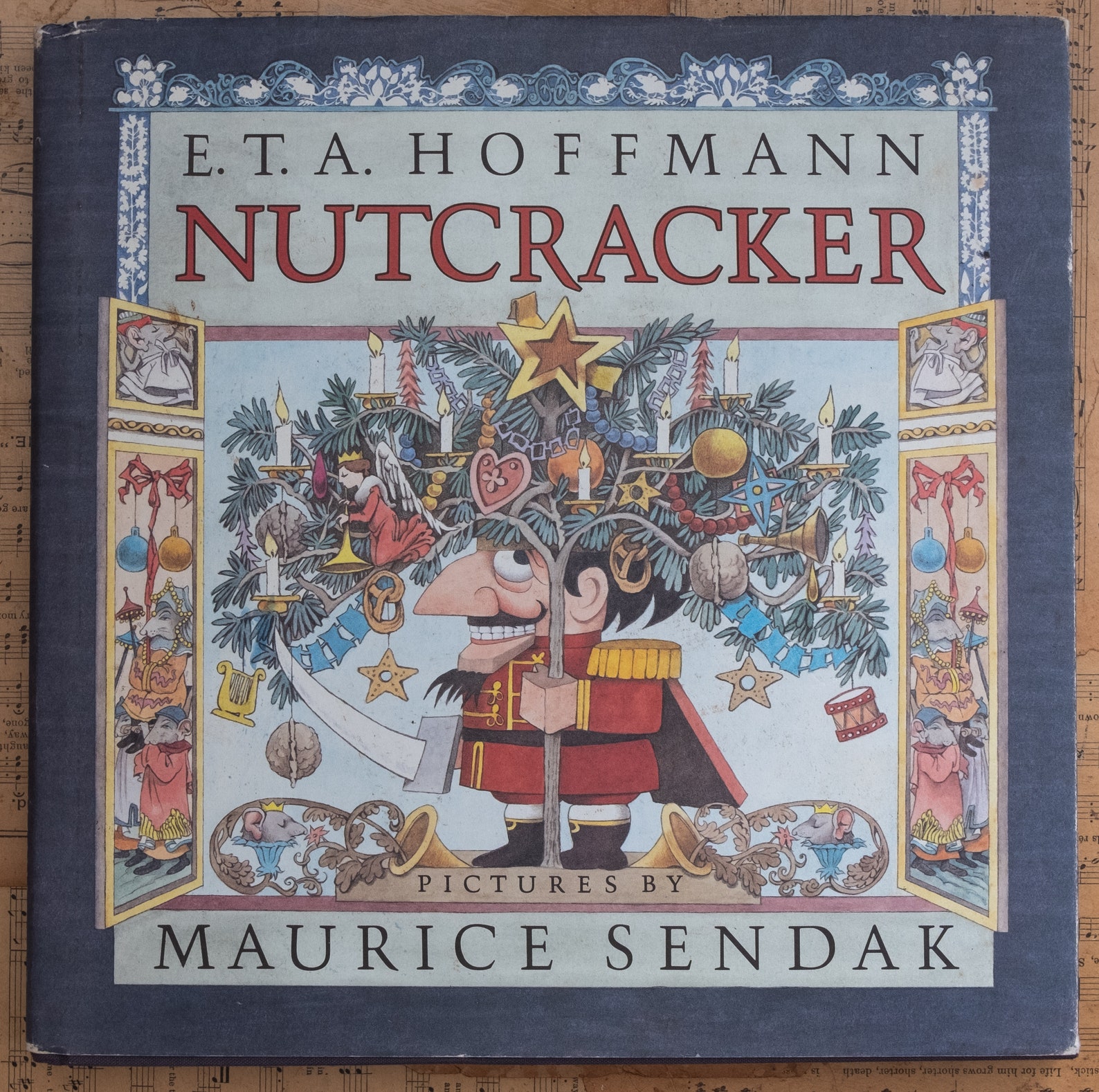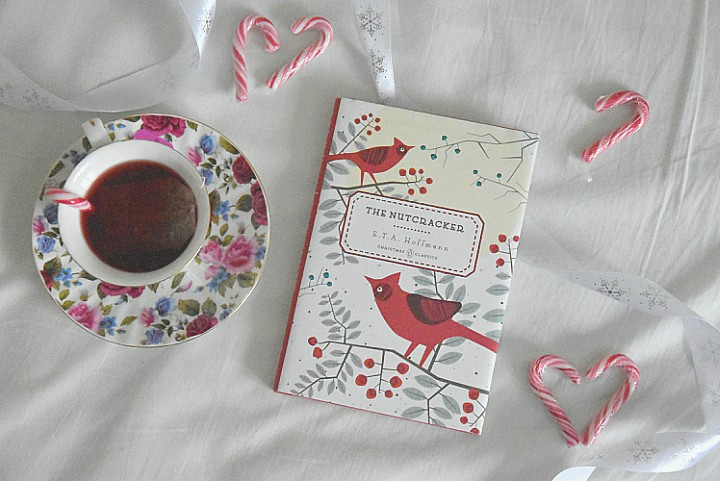


Unlike most of his stories, Nussknacker und Mauskönig was written with children in mind (specifically, the children of Hoffmann‘s friend Julius Eduard Hitzig). No one who publishes an autobiography of his own cat – an autobiography which, supposedly written on the back pages of a biography of Johannes Kreisler, one of Hoffmann’s fictional alter egos, takes postmodern self-referentiality to another level, yet genuinely captures the cat-voice in the way only a true cat-lover could – takes himself all that seriously. For all the wallowing, indeed delighting, in the bitterness of the self-styled artistic outsider, his stories are extremely funny, packed with ironic asides and self-parody.

The passive-aggression – love me, I’m a suffering artist! – verges on the ridiculous, yet one suspects Hoffmann himself knew this. Misunderstood by bourgeois colleagues and dull, straight wives-in-waiting, they, and they alone, bring the reader in touch with a higher realm. Time and again, stunted, grotesque, repellent yet also underappreciated, inspired, mesmerising artist figures step to the fore. His presence in his own stories verges on the intrusive. Science and Technical Research and Development.Infrastructure Management - Transport, Utilities.Information Services, Statistics, Records, Archives.Information and Communications Technology.HR, Training and Organisational Development.Health - Medical and Nursing Management.Facility / Grounds Management and Maintenance.

Children of the past gulped down tales of incest, child murder and mutilation (all of which, to be fair, put in an appearance in Hoffmann’s oeuvre) today’s children, or more precisely their parents, wouldn’t stand for it. It’s a common belief about fairy tales in general, whether by that we mean traditional, orally-transmitted tales with no named author or the more artfully constructed written narratives of Hoffmann and his Romantic contemporaries. It’s difficult not to conclude that whatever one might be imagining, Hoffmann’s version is even more disturbing. Reviews of Disney‘s Nutcracker reference its “ dark” origins, albeit without ever going into detail. There’s an assumption, perhaps understandable, that someone who died almost 200 years ago, having lived a notoriously dissolute life, wrote tales that were too dark for modern-day consumption. Now, with release of The Nutcracker and the Four Realms, it’s been the turn of Disney to repackage what is, alongside Der Sandmann, Hoffmann’s most famous story, Nussknacker und Mauskönig. He provides the raw materials for others: the author Alexandre Dumas, the composers Pyotr Ilyich T chaikovsky, and Jacques Offenbach, the psychoanalyst Sigmund Freud. Although available in direct translation from the German, Hoffmann‘s stories tend to come to us via numerous reworkings and transpositions. Throughout the English-speaking world, ETA Hoffmann is best known for what others have made of his life and works.


 0 kommentar(er)
0 kommentar(er)
